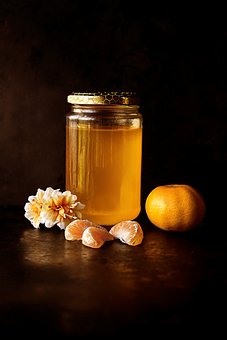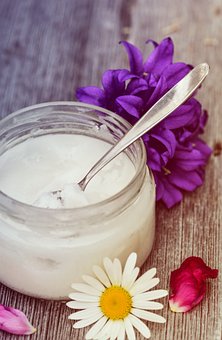The occurrence of diabetic wounds is a widely recognized complication for individuals living with diabetes, which, if left untreated, can lead to severe infections. Therefore, it is of utmost importance to manage blood sugar levels effectively to prevent wound complications. Nevertheless, in the event of a wound, there are various home remedies available that can be used to promote wound healing and prevent infection.

- Honey
Honey, with its potent antibacterial and anti-inflammatory properties, has been widely regarded as an excellent remedy for diabetic wound treatment. Moreover, it expedites the healing process by promoting tissue growth. The application of raw honey directly onto the wound, followed by covering it with a sterile bandage, and changing the dressing regularly until the wound has healed is recommended.
2. Aloe vera
Aloe vera has a rich history of use in wound healing due to the presence of compounds that help to reduce inflammation and pain while promoting healing. To use, apply aloe vera gel to the wound and cover it with a sterile dressing. Change the dressing regularly until the wound has healed.

3. Tea tree oil,
Tea tree oil, with its potent antimicrobial properties, has proven to be an effective remedy for wound care. It can also help to reduce inflammation and pain associated with diabetic wounds. Diluting tea tree oil with a carrier oil such as coconut oil before applying it to the wound and covering it with a sterile dressing is recommended. The dressing should be changed regularly until the wound has healed.
4.Epsom salt
Epsom salt, containing magnesium, which has been demonstrated to aid in wound healing, is an effective remedy for diabetic wounds due to its antimicrobial properties. To use, dissolve Epsom salt in warm water and soak the affected area for 15-20 minutes. Repeat daily until the wound has healed.
5.Garlic
Garlic, with its antimicrobial and anti-inflammatory properties, is an excellent remedy for wound care. To use, crush a few garlic cloves and apply the paste to the wound. Cover with a sterile dressing and change it regularly until the wound has healed.
6.Turmeric

Turmeric, containing curcumin, a compound with potent anti-inflammatory properties, can reduce pain and swelling associated with diabetic wounds. To use, mix turmeric powder with water to form a paste and apply it to the wound. Cover with a sterile dressing and change it regularly until the wound has healed.
7.Calendula
Calendula, with its wound-healing-promoting compounds that help to reduce inflammation and promote tissue growth, has been used for centuries to aid in wound healing. To use, apply calendula cream or oil to the wound and cover it with a sterile dressing. Change the dressing regularly until the wound has healed.
8.Coconut oil

Coconut oil’s antimicrobial properties make it an effective remedy for wound care while also moisturizing the skin and preventing scarring. To use, apply coconut oil directly to the wound and cover it with a sterile dressing. Change the dressing regularly until the wound has healed.
9.Apple cider vinegar
Apple cider vinegar, with its antimicrobial properties, can reduce inflammation and pain associated with diabetic wounds. To use, mix equal parts of apple cider vinegar and water and apply it to the wound with a sterile cloth. Cover with a sterile dressing and change it regularly until the wound has healed.
10.Witch Hazel
Witch hazel’s astringent properties help to reduce inflammation and promote healing. Additionally, it has antimicrobial properties, making it an effective remedy for wound care. To use, apply witch hazel to the wound with a sterile cloth and cover it with a sterile dressing. Change the dressing regularly until the wound has healed.
